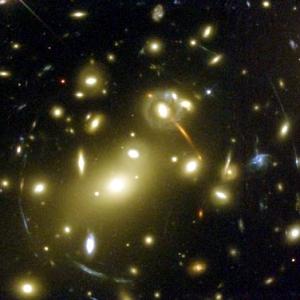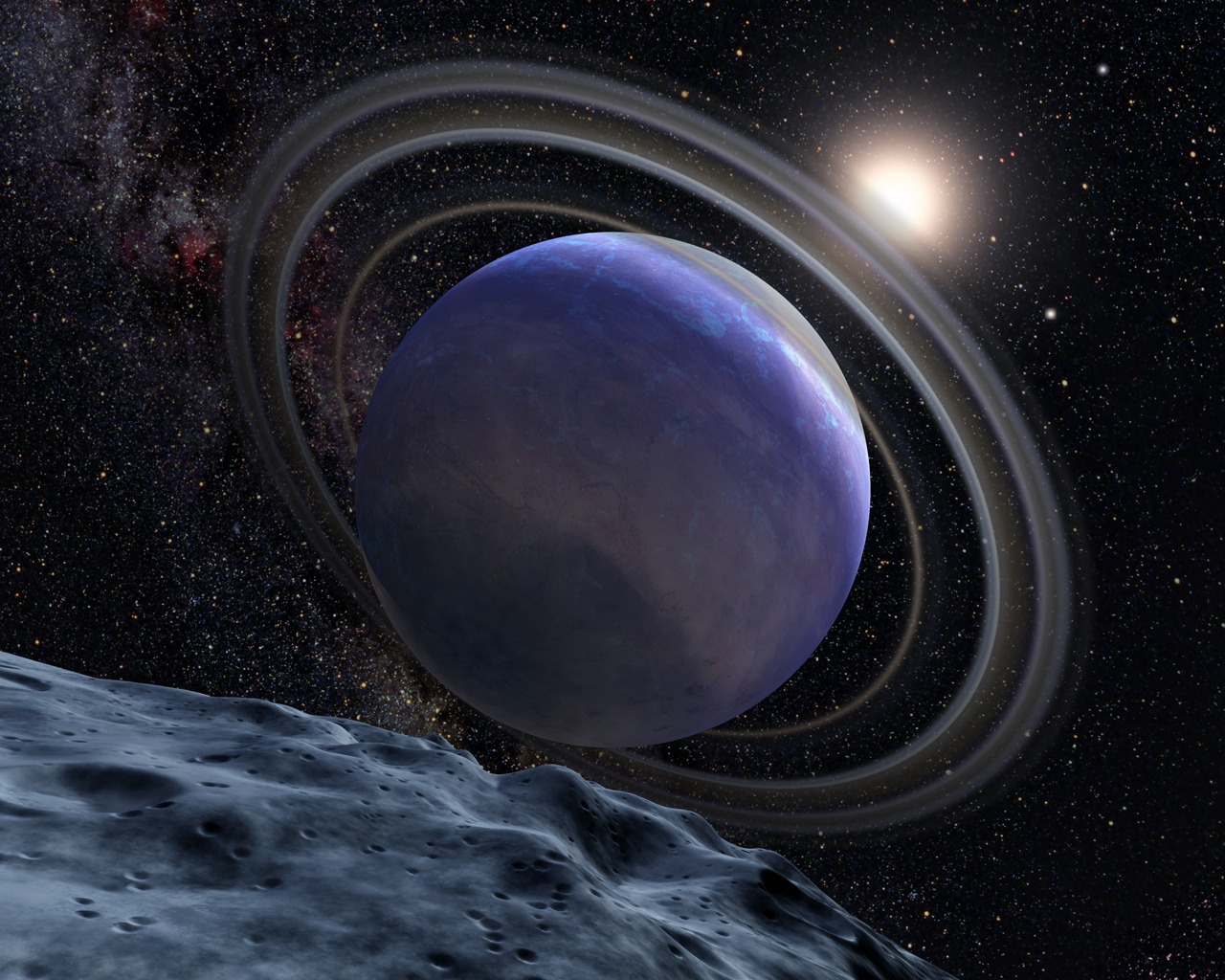 |
| This guy may have some problems with relativity though. |
In even deeper space when we see the stars we are actually looking into the past. For stars nearby this is not much of a problem, the Centauri system is only around 4.3 lightyears away, not all that far when compared to the millions of light years to other galaxies or the billions of light years out to the edge of the ever expanding universe. Still, these vast amounts of time and distance can cause problems especially when it comes to knowing exactly where and when and object is. Some day if we are to venture out beyond the reaches of our home system, communicating home will be very difficult unless we can break physics, which is unlikely.
Even more bizarre is the idea that not only are deep space objects truly in a different location due to time, but our perspective of where they were at that time may be off due to gravity. Everybody has heard from a young age that black holes can bring in light, but what about the light that doesn't fall in? It turns out that this light can bend around a black hole (in fact it doesn't necessarily have to be a black hole, it can be just about any massive and heavy object such as a galactic cluster). When observed here on Earth, astronomers see this effect as a lensing of background objects.
Each of those thin bent streams of light is actually a normal shaped galaxy somewhere behind the massive cluster in the foreground.
So when it comes to space, you cannot simply ask "how far away is it" you must also remember that what we are seeing is a dynamic view of the past.
May the stars shine brightly in your skies.









